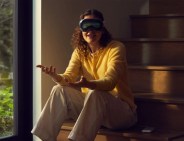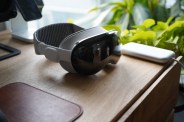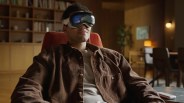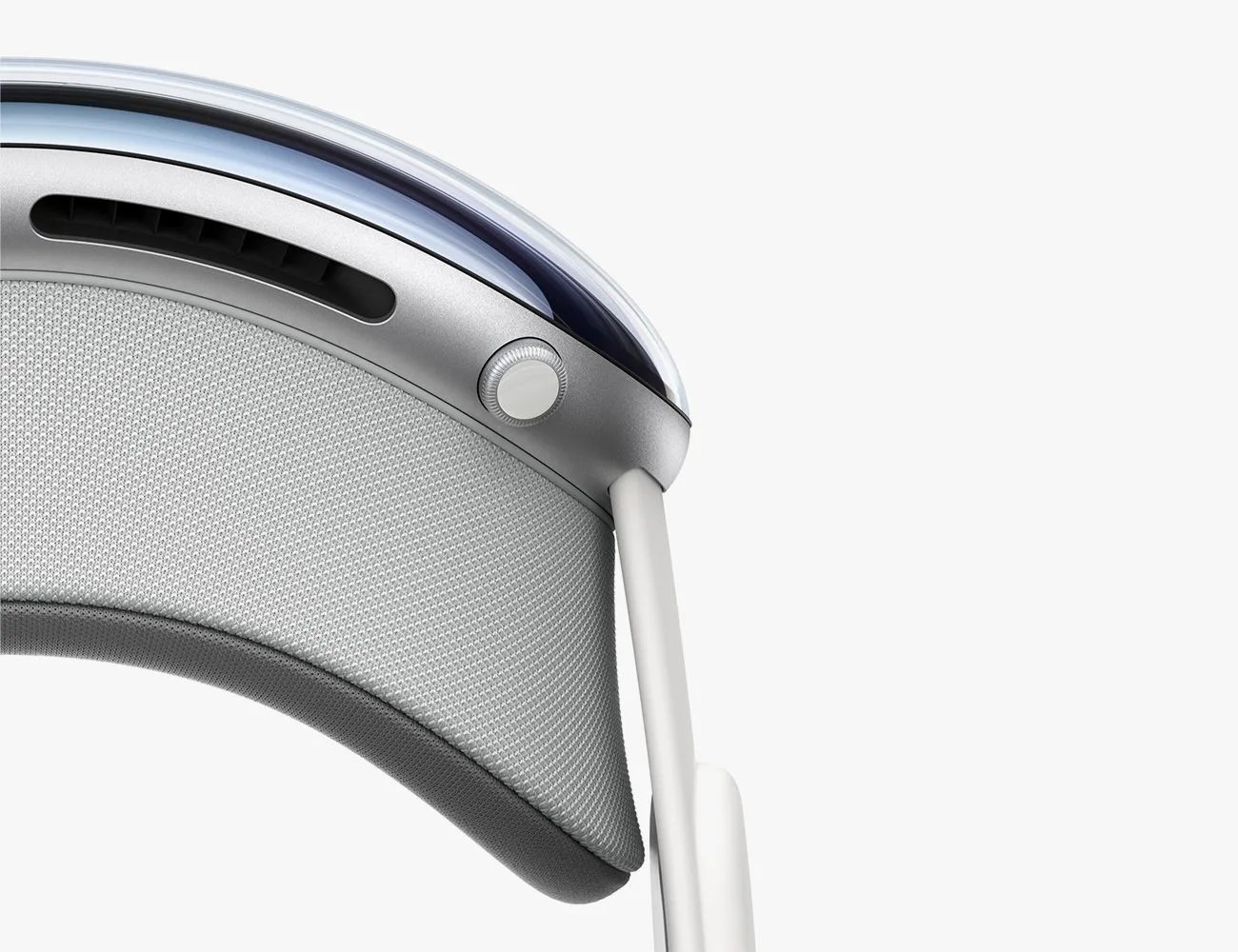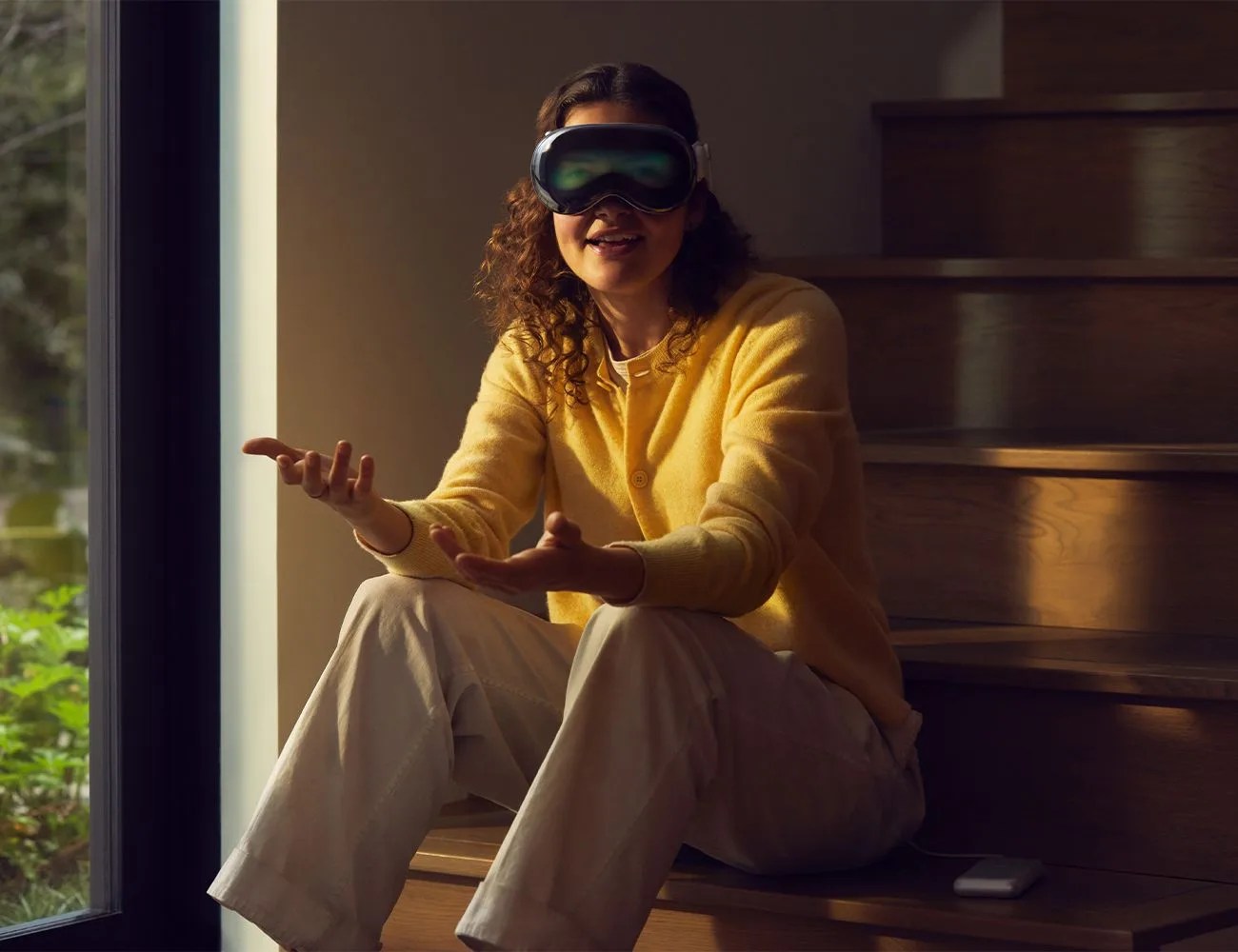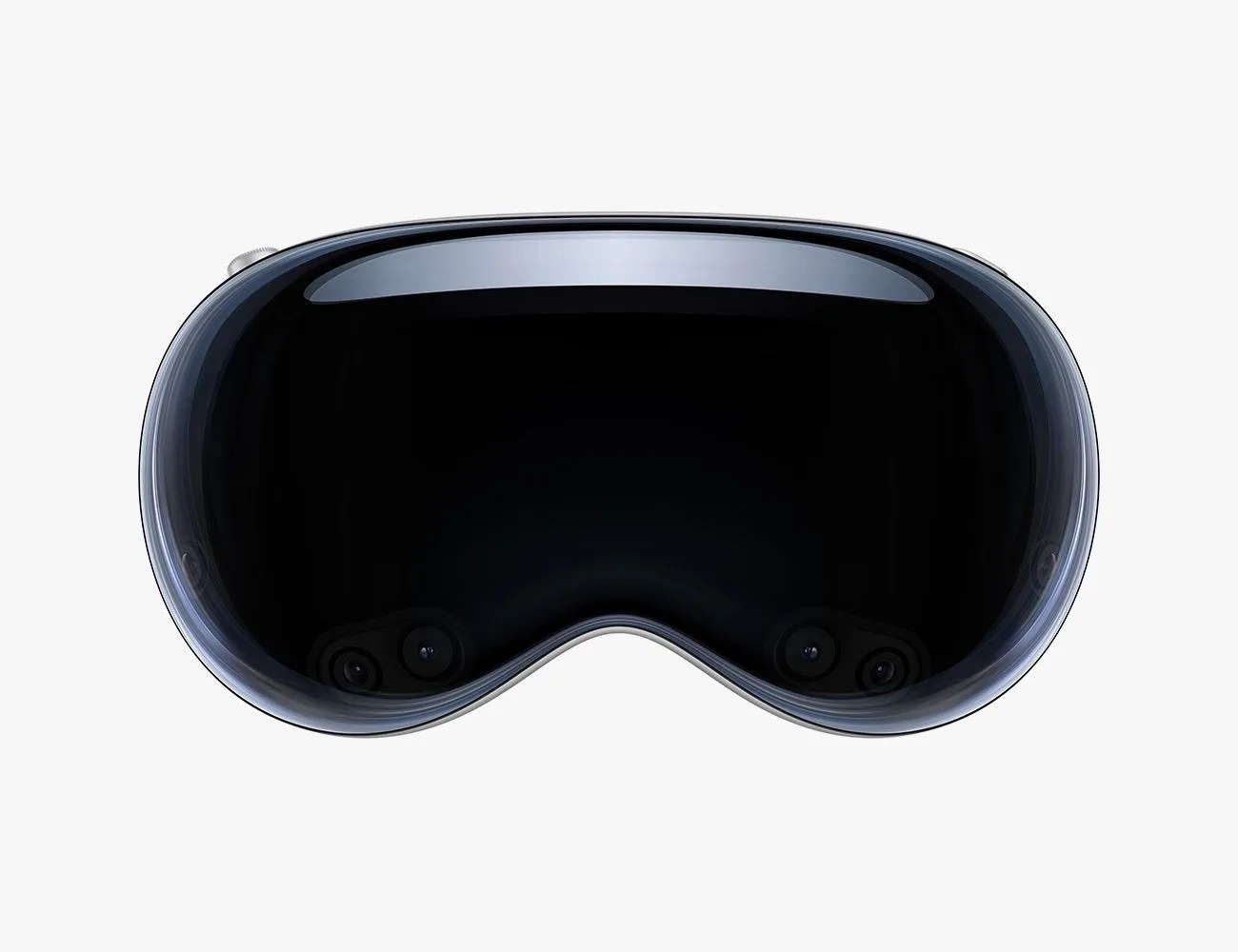At what will undoubtedly go down as a WWDC keynote for the ages, Apple announced its “most advanced personal electronics device” ever in the Vision Pro. The mixed-reality headset — or a “spatial computer,” as Apple is calling it — is essentially a wearable computer for your face. Yes, we’re officially in the future now.
Vision Pro runs apps just like an iPhone or iPhone, but projects them over real life. Also, instead of using a mouse and keyboard (although the Vision Pro supports those), it’s meant to control the Vision Pro with your eyes, hands and voice.
There’s a lot to unpack with the Vision Pro. And there’s a lot that we likely won’t know until we experience it first hand. That said, Apple did unveil a lot about the Vision Pro. We’re here to answer some of your most burning questions.
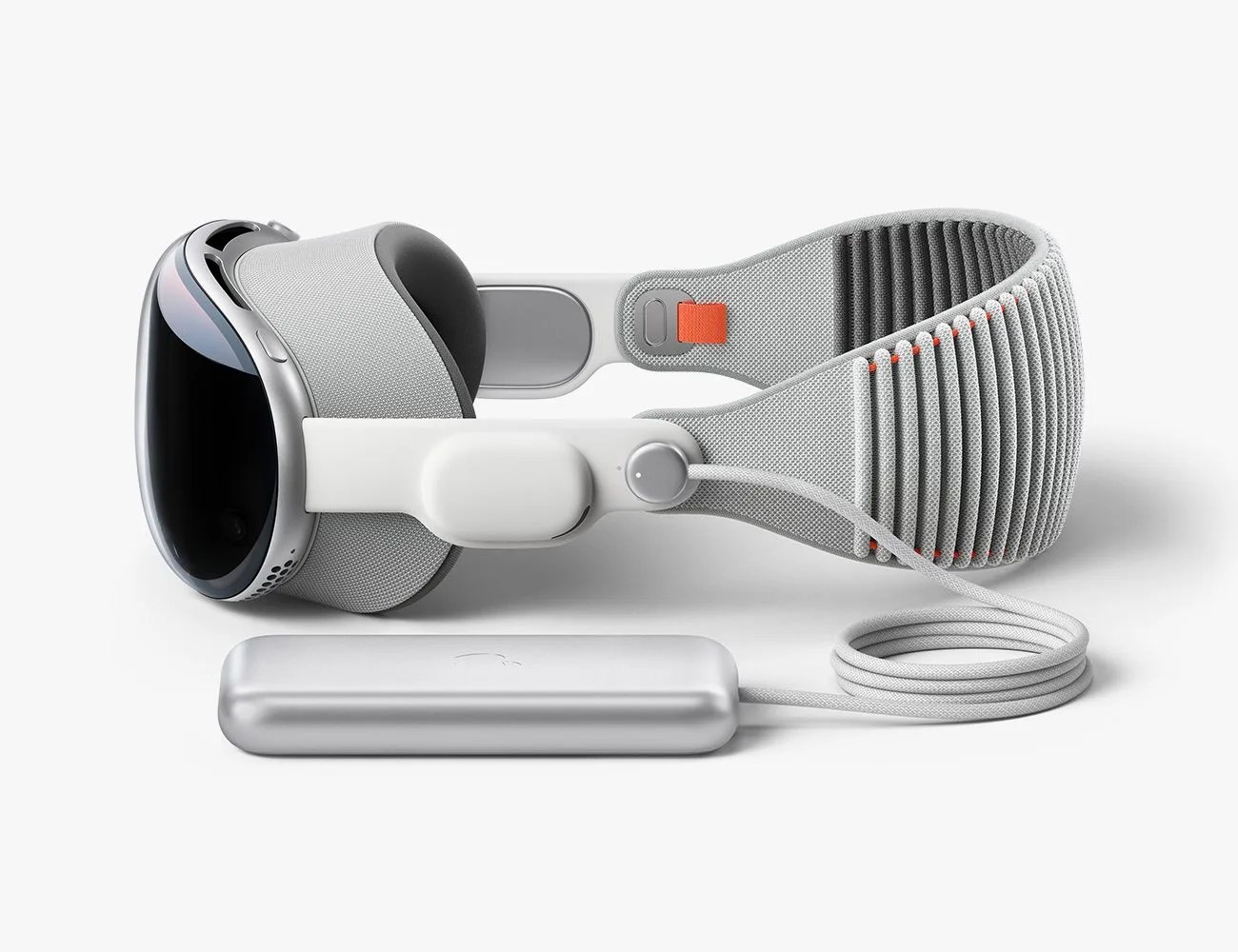
What is Vision Pro?
The Vision Pro is an augmented reality headset that really functions as a standalone computer for your face. It can run the same apps from your iPhone or iPad, but allows you to place them in the physical space that you’re actually in. This will allow you to have multiple apps running and in view at the same time, but you’ll be able to make them big without the confines of a normal monitor. When wearing the Vision Pro, you’ll also be able to play games, watch movies and answer calls via FaceTime — and it’s all meant to feel like a very immersive experience.
Does Vision Pro run iOS or macOS?
Apple developed an operating system for Vision Pro called visionOS. It’s “the world’s first spatial operating system,” according to Apple, as it’s designed for lets users interact with digital content in a way that feels like it is physically present in their space.
The breakthrough design of Vision Pro features an ultra-high-resolution display system that packs 23 million pixels across two displays, and custom Apple silicon in a unique dual-chip design to ensure every experience feels like it’s taking place in front of the user’s eyes in real time.

